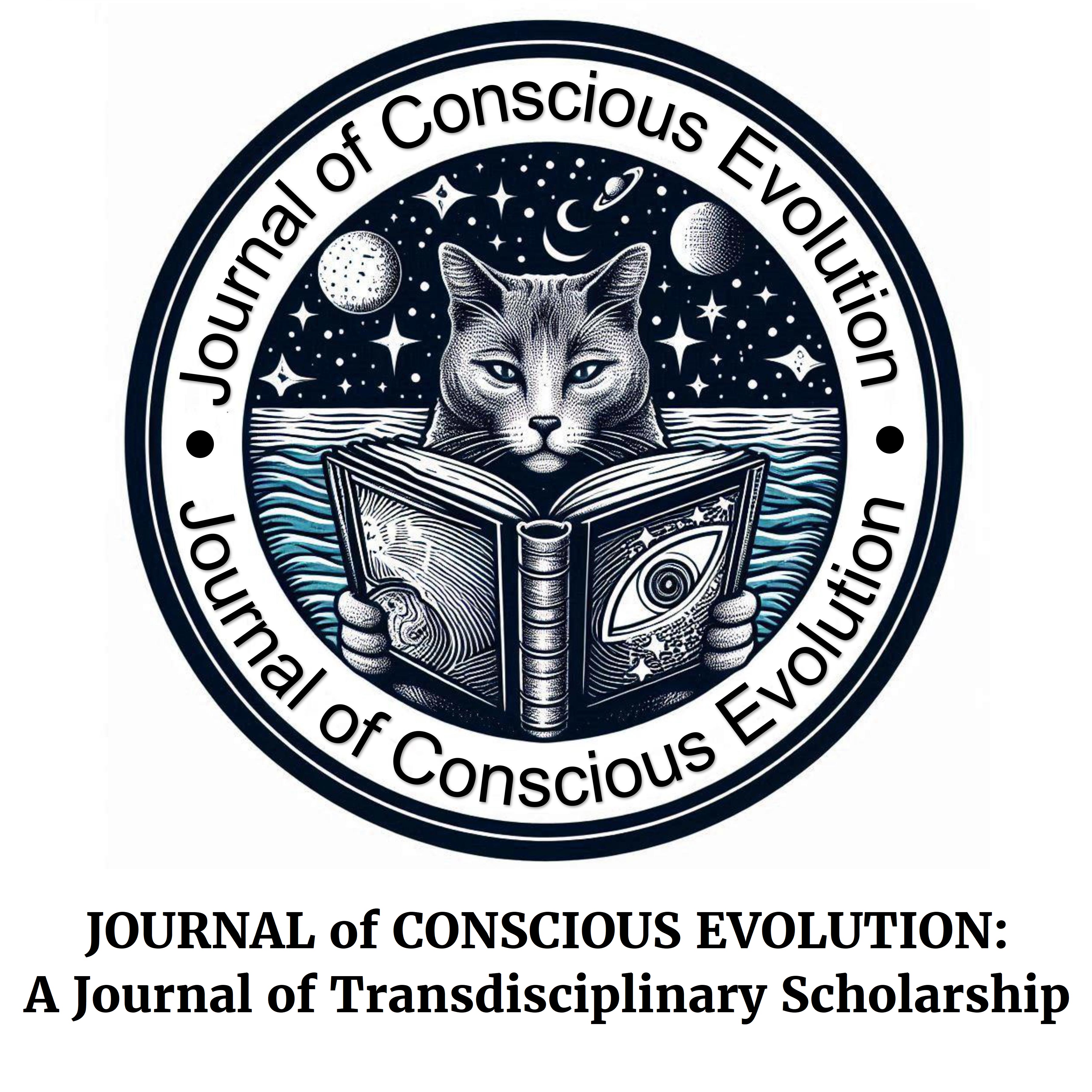
Abstract
The focus of this essay is exploring the concept of the critically acclaimed comic classic Promethea (2000) by Alan Moore (writer) and J. H. Williams III (artist) as an integral work of art. To that end I utilize the integral theories of cultural historian and poet Jean Gebser (1985), and theorist Ken Wilber (2000) Having introduced the general themes and theoretical lenses, mentioned above, which are used to see Promethea, there is first an exploration of the earliest origins of consciousness according to the integral theories of Wilber (2000) and Gebser (1985). From there, a brief exploration of the significance of cave paintings and the movement from the archaic to the magical stage of consciousness is offered. Following a brief exploration of the mythic frame of consciousness we arrive at the mental-rational-egoic phase of consciousness, our current phase, described with a literary-theoretical exploration. The literary-theoretical exploration begins with the ancient Greek work Prometheus Bound by Aeschylus (480/1966), and then to the nineteenth Century British Romantic works Prometheus Unbound by Percy Bysshe Shelley (1820/1966) and Frankenstein (or The Modern Prometheus) by Mary Shelley (1818/2008). These works are examined and placed in context in terms of the Wilberian (2000) All Quadrants, All Levels (AQAL) approach, both for their mythic underpinnings in consciousness as well as to demonstrate the tradition from which Moore’s Promethea emerges. Significant time is then spent with a literary-philosophical-theoretical critique of the work of Promethea in terms of how it can be seen through the lens of the integral theories of Gebser (1985) and Wilber (2000), its place in the AQAL framework, and its use of the integral theory of Hermetic Qabalistic Tarot to accomplish the goal of being an integral work of art. A general conclusion follows and then a reflection upon these points.
Recommended Citation
McAuley, Charles E.. (2018). Promethean Mythopoetics & Evolutionary Consciousness: A Theoretical Journey Through the Realms of Metaphor, Media, and Mind. Journal of Conscious Evolution, 12(12). https://digitalcommons.ciis.edu/cejournal/vol12/iss12/1
Included in
Clinical Psychology Commons, Cognition and Perception Commons, Cognitive Psychology Commons, Critical and Cultural Studies Commons, Family, Life Course, and Society Commons, Gender, Race, Sexuality, and Ethnicity in Communication Commons, Liberal Studies Commons, Social and Cultural Anthropology Commons, Social and Philosophical Foundations of Education Commons, Social Psychology Commons, Sociology of Culture Commons, Sociology of Religion Commons, Transpersonal Psychology Commons


